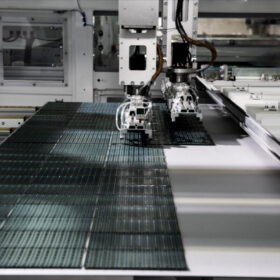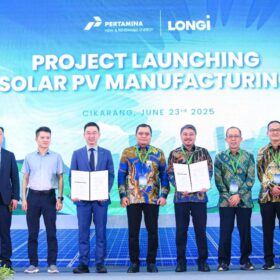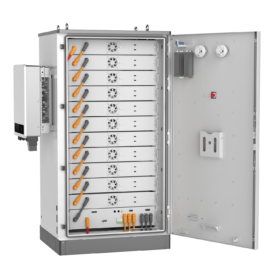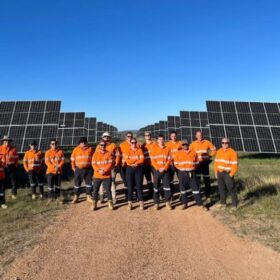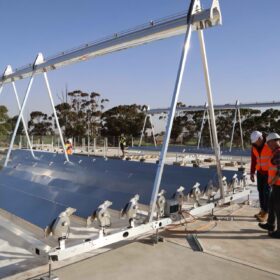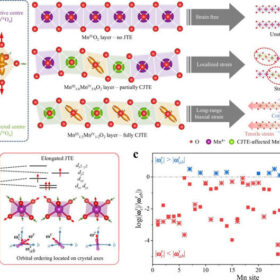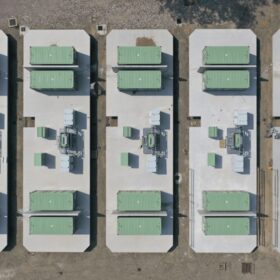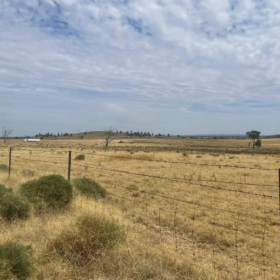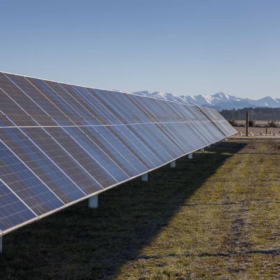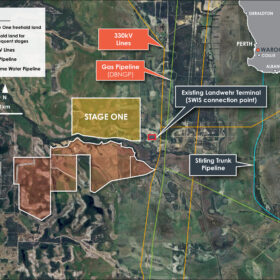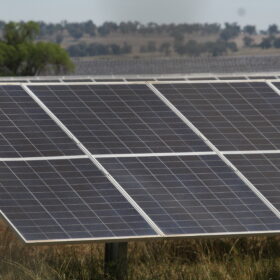Bringing back-contact to the foreground
Solar manufacturers are pursuing the next-generation crystalline silicon (c-Si) PV cell technology. Back-contact (xBC) technologies including TOPCon back-contact (TBC), HJT back-contact (HBC), and HJT TOPCon back-contact (HTBC) have emerged as leading candidates, attracting attention for their superior conversion efficiency and aesthetic module designs.
Eku Energy enters NZ with 300 MW battery project purchase
Eku Energy has bought a major battery energy storage project in New Zealand’s North Island to build out its storage assets.
Longi, Pertamina begin work on 1.4 GW solar cell, module factory in Indonesia
Chinese solar manufacturer Longi and Indonesian state-owned energy company Pertamina have started construction on a 1.4 GW solar cell and module production facility in West Java, Indonesia.
NZ government funding to support solar farm builds
The New Zealand government will provide a local council with more than $14 million in funding to help build a 2 MW solar farm and 4 MWh battery energy storage system to reduce the community’s current reliance on diesel generators for power.
GoodWe releases 112 kWh storage system for C&I solar
GoodWe has launched a 112 kWh battery energy storage system for commercial and industrial solar projects, featuring 96% round-trip efficiency and a 6,000-cycle lifespan. The system allows parallel connection for up to 450 kWh of total capacity.
How grant system is locking millions away from those doing heavy lifting
Australia’s grant system is working exactly as designed. And that’s the problem. Right now, if you’re a small business or a not-for-profit, there’s likely a funding stream available to help you test an idea, buy equipment or build capability. If you’re a multinational or a university, there’s even more. But if you sit in the middle, a commercially viable, medium-sized business with proven success, and the capacity to deliver major outcomes, you’re often left with nothing. This isn’t sour grapes, it’s missed opportunities.
Green hydrogen pilot plant launches in SA
A pilot hydrogen energy plant that will employ a novel approach by producing green hydrogen directly from water and sunlight, without relying on electrolysers or grid power, is on track to begin commissioning in South Australia next month.
Researchers report zinc-ion battery life breakthrough
Australian researchers are reporting a breakthrough with zinc-ion battery technology, developing a new method to significantly boost the structural stability of the cathode material that enables the battery to operate reliably for more than 5,000 charge-discharge cycles.
Victoria pushes ahead with electrification program
The Victorian government is progressing plans to get gas out of homes and small businesses in the state with the introduction of a suite of new electrification regulations for residential and commercial buildings.
Potentia issues notice to proceed for 130 MW battery in NSW
Potentia Energy has given the go-ahead for a 130 MW battery energy storage project in New South Wales, saying the deployment of its grid-forming inverter technology will play a critical role in Australia’s renewable energy transition.
